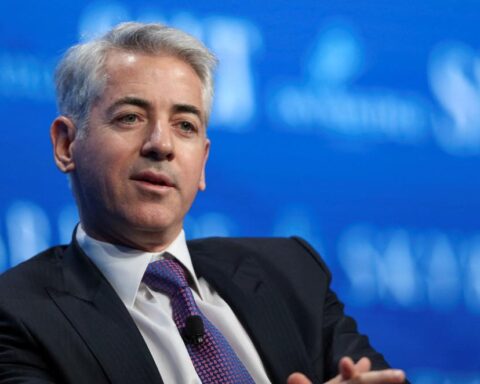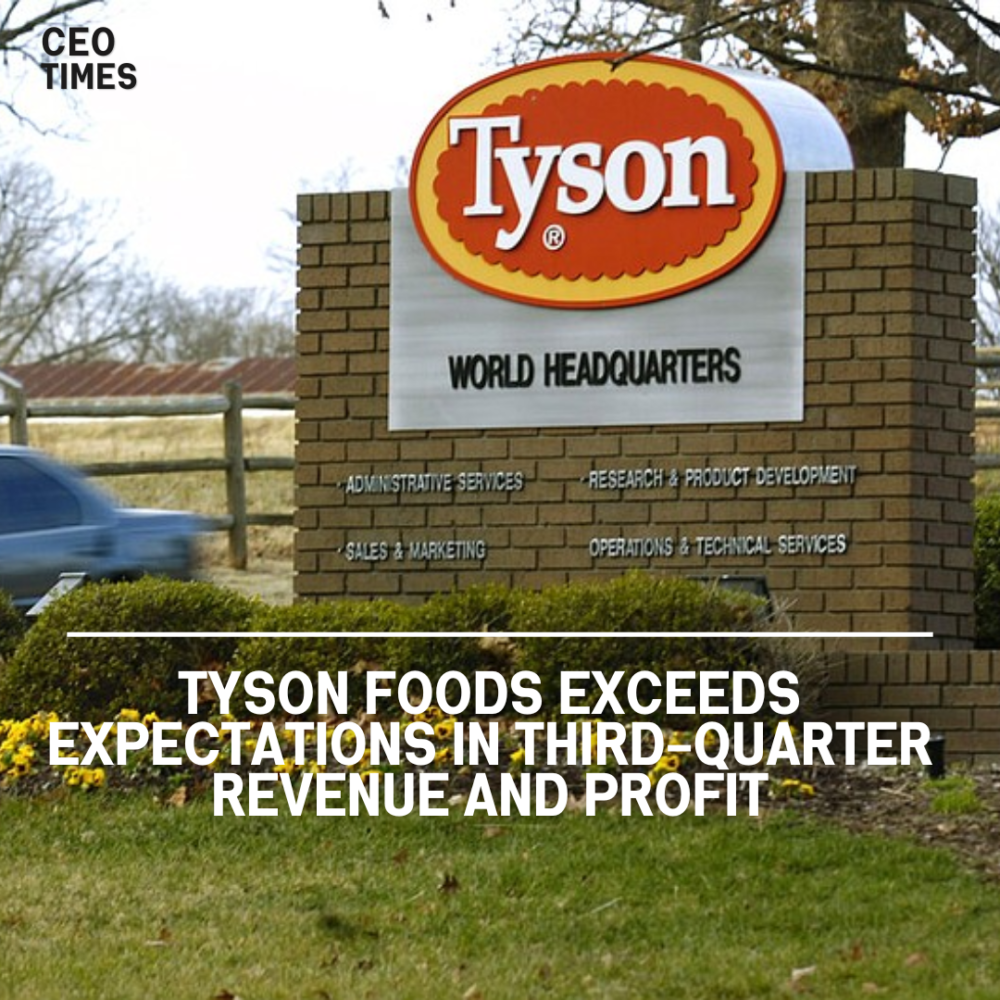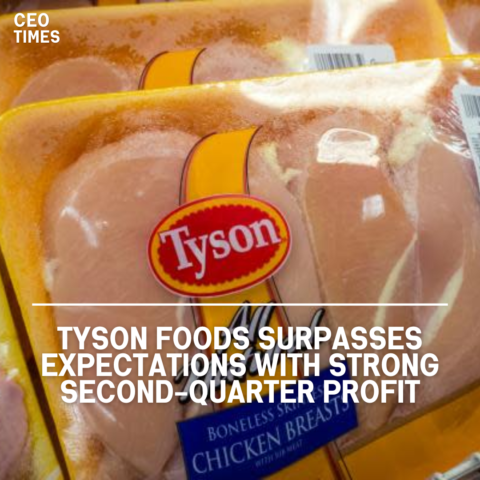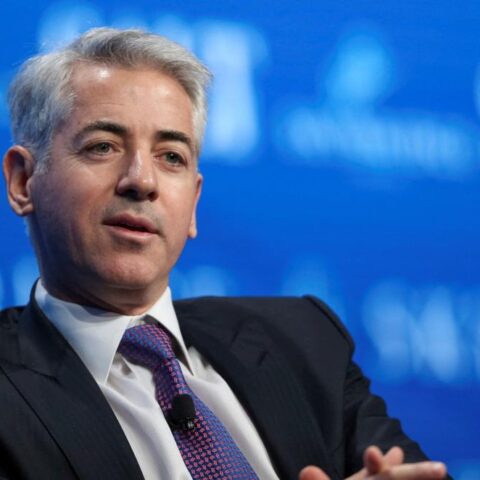Tyson Foods reported better-than-expected third-quarter revenue and profit on Monday, signaling a rebound demand for its meat products. Lower grain prices also helped reduce animal feed costs, contributing to the positive results.
Revenue and Profit Highlights:
After experiencing a decline in sales in 2023, Tyson Foods is now seeing customers return to stores as higher dining-out costs drive people to cook more meals at home.
The U.S. meat packer’s net sales rose by 1.6% to $13.35 billion for the quarter, surpassing analysts’ estimates of $13.24 billion. The company expects full-year revenue to remain flat compared to fiscal 2023.
The company’s beef segment, its largest, saw a 4.4% increase in volumes, building on the previous quarter’s growth of 2.8%, driven by higher average carcass weights. Prices in this segment also rose by 1.4% as the company continued to navigate a limited cattle supply.
Chicken and Pork Segment Results:
Sales in Tyson’s chicken segment, which had struggled with an excess supply during 2023, decreased by 3.2% in the quarter, with prices dropping by 3.7%. Tyson previously reduced production to better align supply with consumer demand.
Conversely, the pork segment reported a 10.4% increase in quarterly sales, though volumes grew by only 1.2%, down from the 2.9% growth seen in the second quarter when hog supplies were more plentiful.
Cost-Control Measures:
Tyson Foods has implemented a vigorous cost-control plan, which includes selling off a poultry facility, closing six U.S. chicken plants, shutting down a pork plant, and cutting jobs to improve profit margins.
Lower grain prices and raw material expenses contributed to the company posting adjusted earnings of 87 cents per share, topping estimates of 65 cents.
The company’s shares, which have risen nearly 14% this year, saw a 1% increase in premarket trade following the positive earnings report.


















